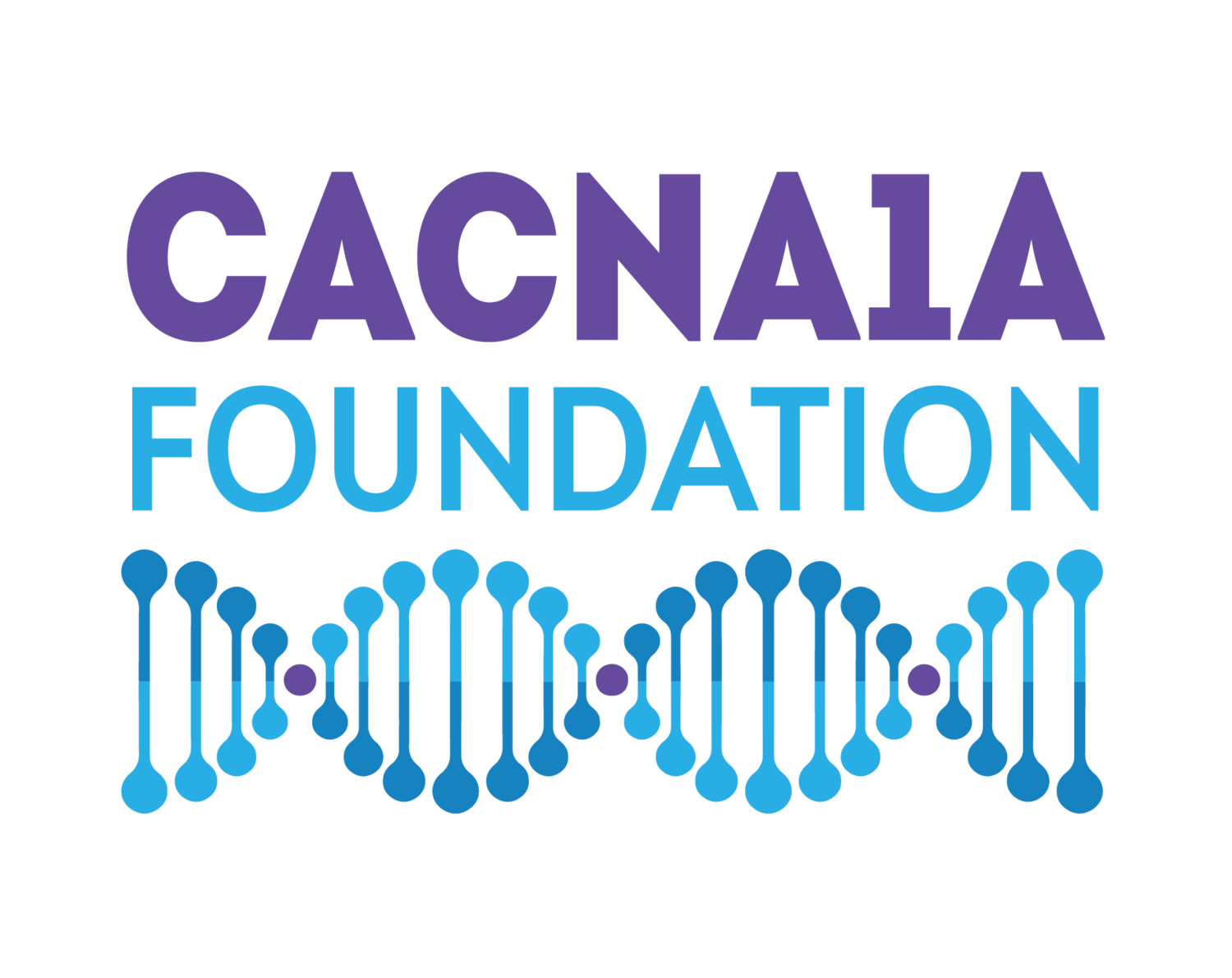Advocacy Series: Litigation Advocacy
Whether it’s a problem with a school, health care provider or insurance company, recreational program, or even a city sidewalk, U.S. laws are strong and provide ample means of rights enforcement. Leading up to passage of the Americans with Disabilities Act (ADA) in 1990, Congress recognized that children and adults with disabilities have historically been marginalized, if not institutionalized. The “medical model” of disability had governed for decades, reducing folks with disabilities to the pitied who needed to be taken care of, cured, or put in a home. The passage of the ADA signaled the modern era – a rights-based model under which people with disabilities are treated with respect and dignity, and afforded enforceable rights to live independently and on their own terms.
Under the ADA, and a variety of other state and federal laws, people with disabilities enforce their rights through private, nonprofit, and/or government attorneys who typically get paid their fees from the defendants who have violated the law. This is tremendously important, because without the attorneys’ fee provision of the ADA, or a government civil rights office taking up the cause, there would be little to no legal enforcement. So, if you feel you have a case, talk to an attorney – there is no harm in getting a consultation, and if it appears to be a good case, you will likely be able to retain counsel on contingency – i.e., without paying unless there is a judgment or settlement.
Once you’ve had that consultation, and the attorney has agreed to represent you, what happens next? Typically a letter or claim is sent to the offending entity alerting them to the claim and that they face a lawsuit if a resolution cannot be reached. Sometimes cases are just for a modest amount of monetary damages, but often in ADA cases, there are changes in policies, procedures, and training protocols, or physical access improvements, that can be achieved in addition to money. This makes your case important not just for you, but for all others whom the changes will benefit. Once getting your attorney’s letter, if the receiving party is thinking clearly, they will work with you and your attorney to fashion a reasonable settlement and, hopefully, a positive change in the way they do business.
Though such a pre-litigation settlement is not uncommon, folks like us wouldn’t be writing blogs like this if every defendant did the right thing at the outset of a dispute. Typically, they have their own version of events, or reasons for standing firm, so the next step is filing a lawsuit (known as a complaint) in one of the local courts. Under the ADA, most cases are filed in federal court, but states such as California have strong anti-discrimination laws, such that state courts are also an option – that’s a determination that your attorney will typically evaluate and decide.
Once you’re in court, you’ll need to be patient, as the wheels of justice often turn verrry slowly. Through attempts to dismiss your lawsuit, to extensive discovery procedures, to jammed court calendars, it is often at least one year of litigation or more before the case either goes to trial or is resolved. Fortunately, the vast majority of cases are resolved through the mediation process, which is where the parties engage a neutral mediator to work with the parties to reach a compromise and a final written settlement agreement. The mediation process is highly recommended once the parties have enough information from each other to be able to make informed evaluations of their chances of success in the case. That information is typically done through written questions and requests for documents, as well as via depositions - testimony given under oath in an office conference room rather than open court. Through these methods, the parties and the mediator can review the evidence and help fashion a settlement.
In a future article, we will cover the differences between arbitrations and court litigation, the appeals process, and other forms of advocacy outside of litigation. Until then, if you need any information or referrals, or think you have a case, please feel free to contact your local bar association, or even us at the Disability Rights Legal Center. We are happy to help as best we can on any matters on behalf of people with disabilities. Until next time!
Thank you to DRLC Director of Litigation, Christopher Knauf, for informing our CACNA1A community on how best to understand and navigate the legal aspects of advocacy. To learn more, visit the Disability Legal Rights Center.

